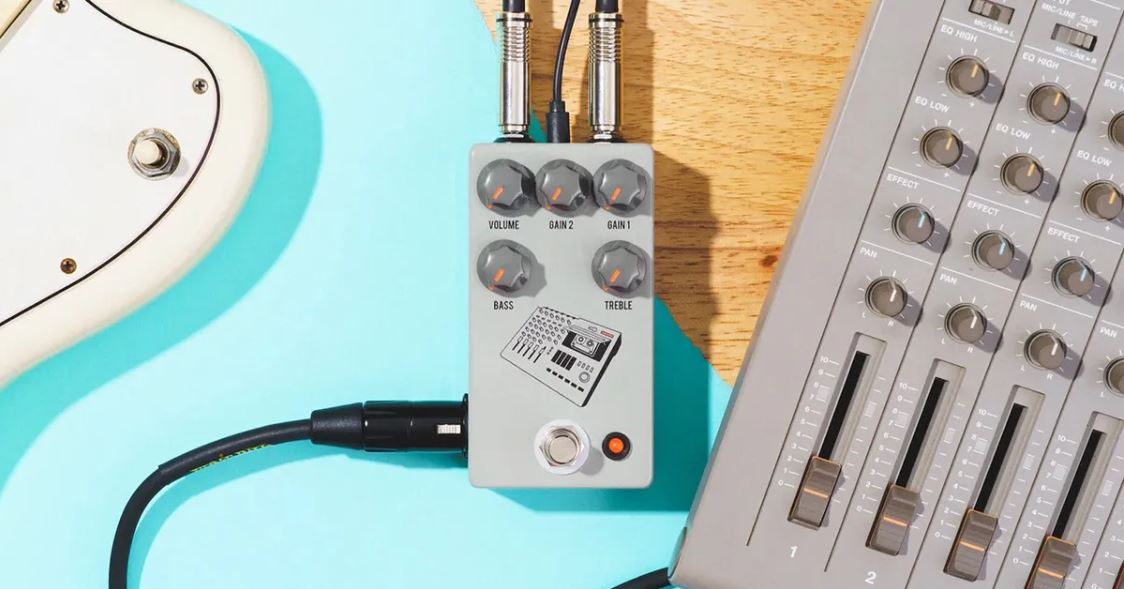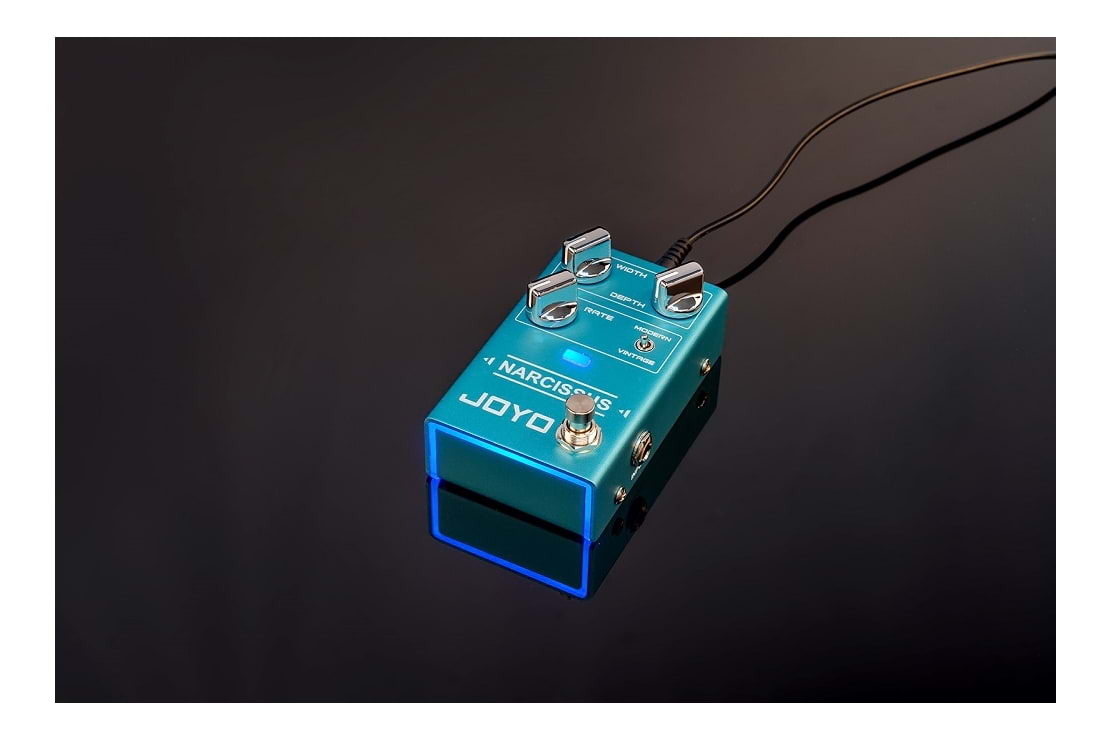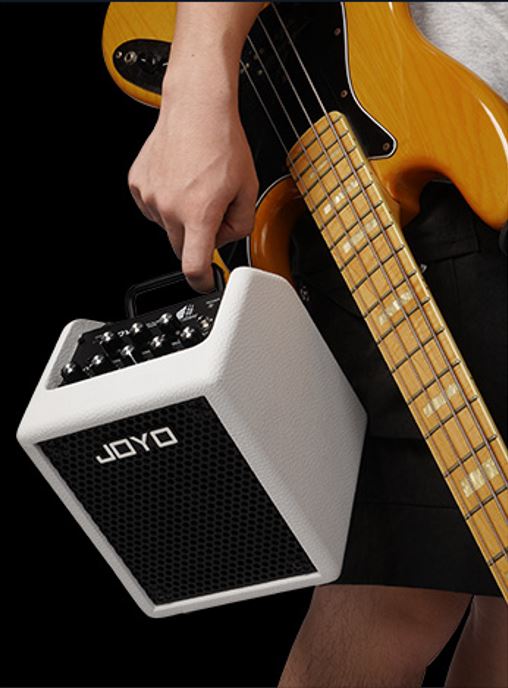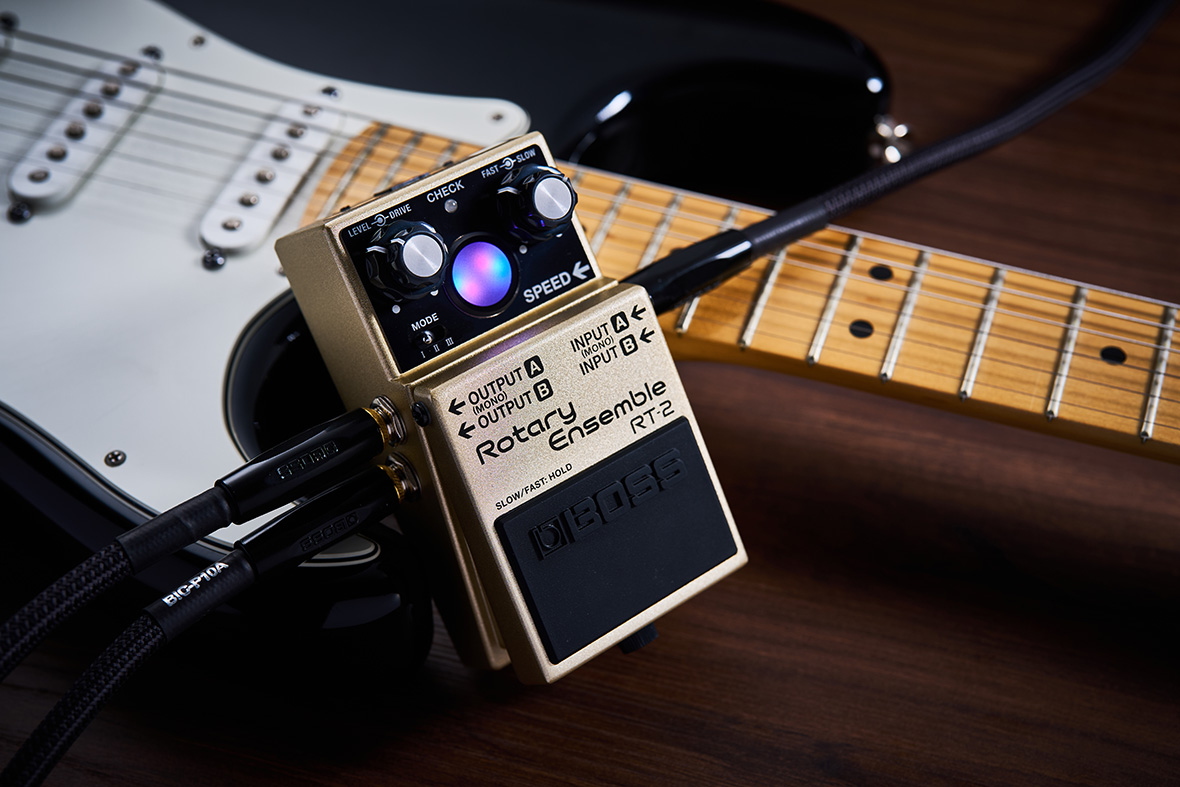The Neve-Inspired Swiss Army Knife for Bass Players Disclaimer: This pedal was kindly provided by JHS Pedals for the purpose of this review. However, this does not influence our opinions or the content of our reviews. We strive to provide honest, unbiased, and accurate assessments to ensure that our readers receive truthful and helpful information. As a bass player with one foot in vintage tone and the other in modern utility, I’m always looking for gear that bridges that gap without compromise. The JHS Colour Box V2 is exactly that: a compact, analog preamp that brings the sonic DNA of a classic Neve 1073 console to your pedalboard — with thoughtful updates that make it even more powerful, particularly for bass. TL’ DR– JHS Colour Box V2 Check Price on Amazon –> To appreciate what the Colour Box V2 is doing, you have to understand what it’s emulating. The Neve 1073, developed in the 1970s by Rupert Neve, is arguably the most iconic preamp/EQ module in recording history. Known for its transformer saturation, wide headroom, and musical EQ curve, it gave everything from vocals to bass guitar a warm, punchy, slightly compressed sound that became the sonic signature of countless classic records. Running a bass DI through a Neve was, and still is, a go-to move in professional studios. The Colour Box V2 is JHS’s meticulous, pedal-format take on that same preamp circuit — transformer-based, Class A, fully analog — with some very smart modern features baked in. The original Colour Box was already impressive, but V2 refines it for practical, performance-minded use. It offers a lower noise floor, additive EQ for more intuitive tone shaping, an onboard high-pass filter with both switch and frequency control, and XLR I/O that makes it equally viable as a live DI or a studio front-end. The footswitch has also been upgraded for silent operation, and the gain structure is cleaner, smoother, and more flexible. For bass players, this means better signal integrity, more precise tonal control, and studio-quality tone in a format that can live on your pedalboard. For bass specifically, the Colour Box V2 is essentially a studio channel strip in stompbox form. Whether you’re recording direct, pushing an amp’s front end, or crafting a live tone, it delivers weighty low end, musical EQ shaping, and transformer-based saturation that enhances your dynamics without overwhelming your clarity. It works equally well with passive 4-strings, active 5-strings, or anything in between. You can go from clean, wide-open warmth to harmonically rich, Neve-style drive with just a few tweaks of the gain staging controls. The EQ is incredibly effective at shaping tone without sounding clinical or harsh, and the addition of the high-pass filter gives you real mix control in both live and studio settings. Of course, it’s not just for bass. The Colour Box V2 works beautifully on vocals, guitars, synths, drum machines, or as a front-end preamp for recording interfaces. With its XLR in and out, high headroom, and flexible gain staging, it effectively turns your pedalboard into a legitimate front-of-house channel strip. For producers, engineers, and multi-instrumentalists, it’s an incredibly versatile tool. To get the most from the Colour Box V2, it’s important to understand its controls: Gain Section These three work together to form a true gain-staging system. You can push the preamp hard while keeping output volume in check, or dial in subtle warmth with plenty of headroom. 3-Band EQ with Shift Controls Each EQ band has two knobs: one for boost/cut, and one “Shift” knob to set the center frequency. This EQ section behaves more like a studio console than a typical pedal, allowing detailed tone sculpting while always sounding musical. High-Pass Filter Hi/Lo Input Switch XLR In & Out The XLR input allows the Colour Box V2 to function as a mic preamp. The XLR output delivers a clean, transformer-colored signal to FOH, an audio interface, or any balanced input. This makes it an ideal DI box, not just a pedal. Pros Cons FAQs Q: Is the Colour Box V2 suitable for bass players?A: Yes—it delivers weighty low-end, smooth saturation, and musical EQ shaping tailored for bass, translating studio console color to your pedalboard. Q: Can I use it as a DI for live or recording setups?A: Absolutely—it features an XLR output, transformer-based DI, and a hi-pass filter, making it perfect for direct recording or live use. Q: What’s new in the V2 model compared to the original?A: V2 adds extended EQ Shift controls, a Hi/Lo gain switch for headroom control, phantom power pass-through, an output transformer—and silent footswitching. Q: Is the Colour Box V2 overly noisy for bass or mic use?A: While versatile, some users note that mic-level signals, particularly with XLR and dynamic mics, may introduce noise—best suited for bass or DI usage. The JHS Colour Box V2 isn’t just another tone shaper — it’s a piece of studio-grade gear for musicians who demand control, character, and versatility. For bass players, it offers the tone-shaping power of a world-class recording console in a rugged, stage-ready enclosure. Whether you’re recording, performing, re-amping, or producing, it gives you the tools to enhance any signal with warmth, detail, and presence. If you’re looking for a pedal that doesn’t just color your tone, but builds it from the ground up — this is it! Grab the JHS Colour Box V2 here → Other JHS Gear You Might Like If you enjoyed checking out this JHS pedal, here are more JHS products worth exploring — all tested and reviewed here on BassGearReviews: – JHS 424 Gain Stage – preamp/fuzz pedal that recreates the TASCAM® Portastudio® 424




